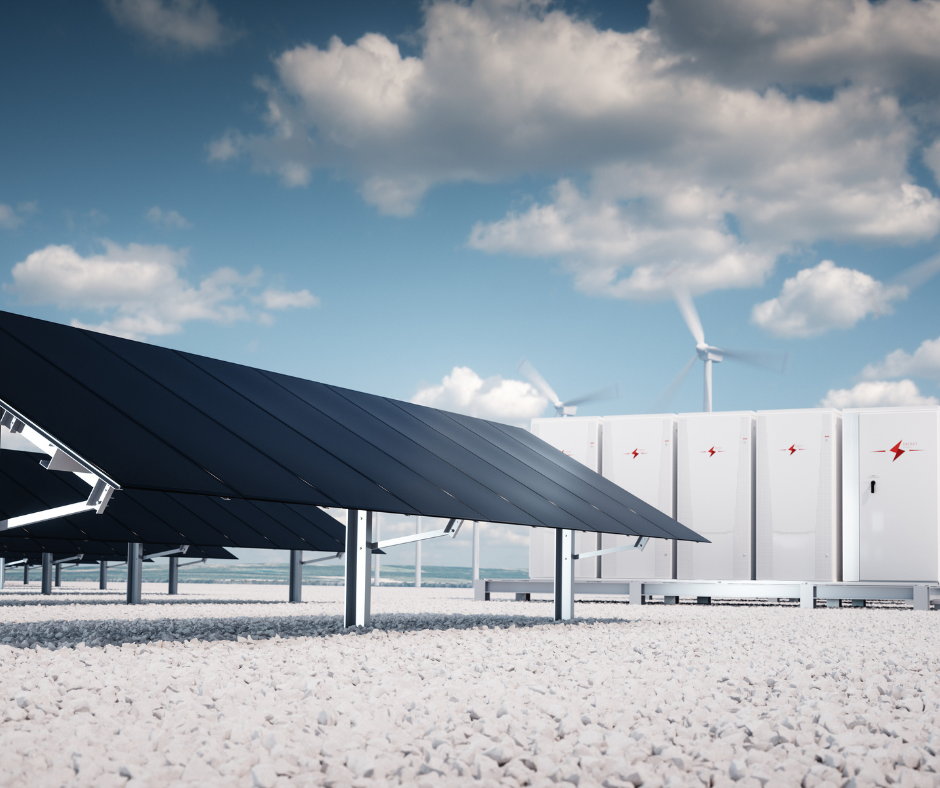Today the Australian Energy Market Operator (AEMO) has released an update to the 2022 Electricity Statement of Opportunities (ESOO) report due to significant new information available in the market.
The ESOO provides data to inform the decision making processes of market participants, new investors, and jurisdictional bodies as they assess opportunities in the national electricity market over a 10 year outlook.
Today’s update contained material changes in availability including:
- AGLs decision to bring forward the closure of Torren Island B (800MW) in South Australia from 2035 to 2026.
- Origin Energy delaying the closure of Osborne Power station (180MW) in South Australia from December 2023 to 2026.
- Bolivar Power Station gas fired power station has changed to committed status adding 123MW of supply to South Australia.
- Snowy Hydro have confirmed a 1-year delay in Snowy 2.0 with completion now expected in December 2027.
- Snowy Hydro have confirmed a 1-year delay in Kurri Kurri Power station (660MW) with completion now expected in December 2024.
- The 850MW Waratah Super Battery Project in New South Wales is expected to be operational from late 2025.
- Additional 1326MW of wind generation and 461MW of battery energy storage systems.
As a result of these changes, the market operator has called for urgent investment in generation, long duration storage and transmission to achieve reliability requirements over the next decade.
The reliability assessment is measured in expected unserved energy (USE) as a percentage of energy demand. The ESSO assessed against the reliability standard of 0.002% USE and the Interim Reliability Measure (IRM) of 0.0006% USE.
The ESOO highlighted reliability gaps in South Australia from 2023/24 and Victoria from 2024/25 which have now been filled by new gas fired generation, wind project, battery developments and the delayed retirement of existing gas fired generation outline above.
AEMO CEO said “the update reiterates the critical need for timely investment in generation, long duration storage and transmission to fill forecast reliability gaps as Australia moves rapidly away from its traditional dependency on coal generation” “Reliability gaps begin to emerge against the Interim Reliability Measure from 2025 onwards. These gaps widen until all mainland states in the NEM are forecast to breach the reliability standard from 2027 onwards, with at least five coal power stations totalling approximately 13 per cent of the NEM’s total capacity expected to retire.
The update to the ESOO provides the market with opportunities to fill the reliability gap but what happens if reliability standards drop. Historically lower reliability this has resulted in higher spot prices that flow though to end users.
Edge2020 have an eye on the energy market, enabling us to support price benefits as well as customer supply and demand agreements. Our clients rely on our experts to ensure they are informed, equipped, and ideally positioned to make the right decisions at the right time. If you could benefit from an expert eye on your energy portfolio, we’d love to meet you. Contact us on 1800 334 336 or email: info@edge2020.com.au






